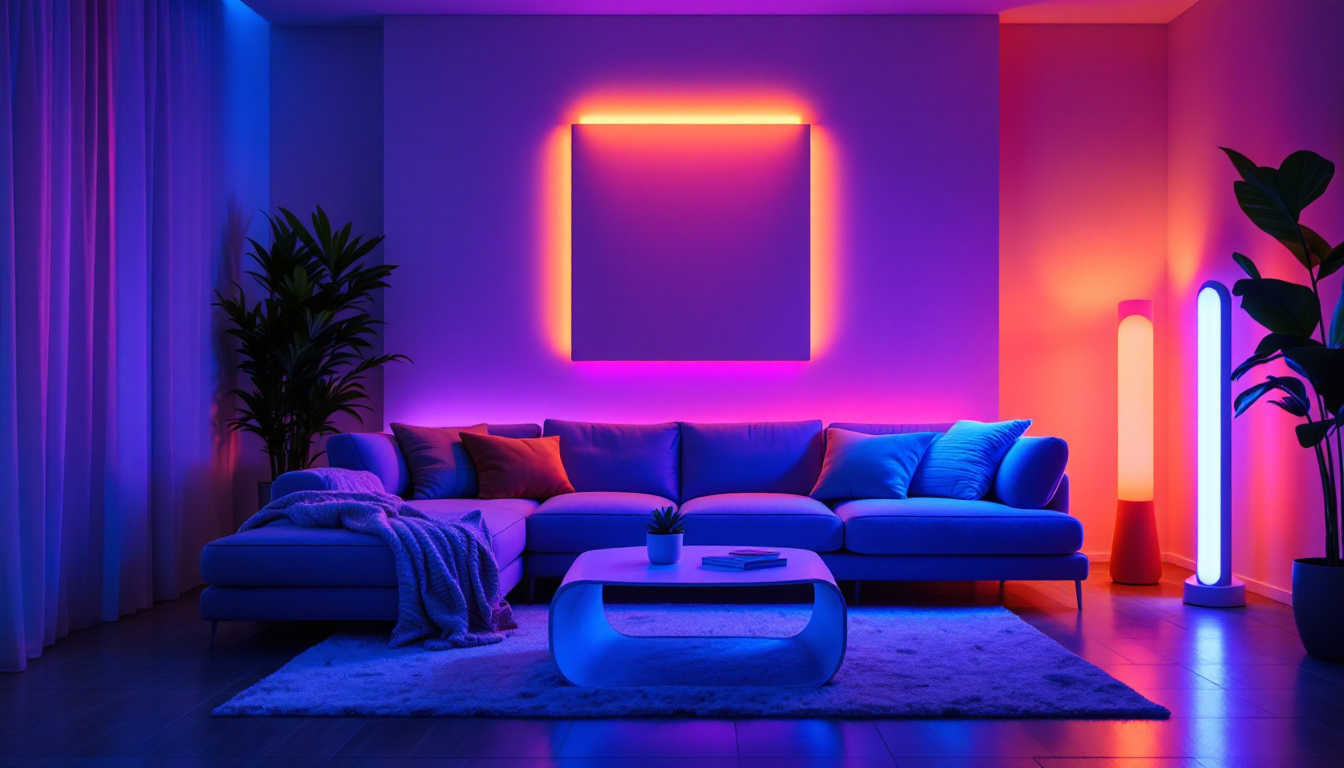
In the ever-evolving world of lighting technology, UV lamps have emerged as a significant player in the quest for energy efficiency. These lamps, which emit ultraviolet light, are not only versatile but also offer a range of benefits that can enhance various applications. For lighting contractors, understanding the intricacies of UV lamps is essential to staying competitive and providing clients with innovative solutions.
UV lamps are designed to emit ultraviolet radiation, which is invisible to the human eye. They are commonly used in various applications, including sterilization, curing processes, and even in certain types of lighting. The technology behind UV lamps has advanced significantly, making them more efficient and versatile than ever before. These advancements have led to a growing interest in UV technology across multiple sectors, as industries seek innovative solutions to enhance productivity and safety.
There are several types of UV lamps available on the market, each with its unique characteristics and applications. The most common types include low-pressure mercury lamps, medium-pressure mercury lamps, and UV-LEDs. Understanding the differences between these types is crucial for selecting the right lamp for specific applications. For example, low-pressure mercury lamps typically operate at lower temperatures and are favored for their reliability in disinfection tasks, while medium-pressure lamps can achieve higher output levels, making them suitable for more demanding industrial environments.
Low-pressure mercury lamps are often used for disinfection and sterilization purposes due to their ability to emit a specific wavelength of UV light that is effective against microorganisms. These lamps are frequently employed in water treatment facilities, where they help eliminate harmful pathogens, ensuring safe drinking water. Medium-pressure mercury lamps, on the other hand, are typically used in industrial applications, such as curing inks and coatings. Their ability to produce a broad spectrum of UV light allows for faster curing times and improved adhesion properties. UV-LEDs are a newer technology that offers the advantage of energy efficiency and longer lifespan, making them an attractive option for various applications. They are particularly popular in the cosmetic industry for nail curing and in 3D printing, where precise control over the curing process is essential.
The versatility of UV lamps allows them to be used in a wide range of applications. In the healthcare sector, UV lamps are utilized for sterilizing equipment and surfaces, significantly reducing the risk of infection. Hospitals and clinics are increasingly adopting UV disinfection systems to complement traditional cleaning methods, especially in high-touch areas. In the industrial sector, they play a crucial role in curing processes, where UV light is used to harden inks, coatings, and adhesives. This rapid curing capability not only speeds up production times but also enhances the durability of the final products.
Additionally, UV lamps are increasingly being used in residential and commercial lighting solutions. They can enhance the aesthetic appeal of spaces by providing unique lighting effects, while also contributing to energy efficiency. For instance, UV lamps can be integrated into smart lighting systems that adjust based on the time of day or occupancy, further optimizing energy usage. Understanding these applications can help lighting contractors offer tailored solutions to their clients. Moreover, as awareness of UV technology grows, more businesses are exploring its potential for improving air quality through UV air purification systems, which can effectively neutralize airborne pathogens and allergens, creating healthier indoor environments.
Utilizing UV lamps in various applications comes with a host of benefits. From energy efficiency to enhanced performance, these lamps provide significant advantages that are worth considering.
One of the most compelling reasons to incorporate UV lamps into lighting solutions is their energy efficiency. Compared to traditional lighting options, UV lamps consume significantly less energy while delivering powerful performance. This efficiency translates into lower energy bills for clients and a reduced carbon footprint, aligning with the growing demand for sustainable practices.
Moreover, UV-LEDs, in particular, have gained popularity due to their low energy consumption and long lifespan. This technology not only reduces operational costs but also minimizes the need for frequent replacements, further enhancing overall efficiency. The longevity of UV lamps also means less waste generated from discarded bulbs, making them a more environmentally friendly choice in the long run.
UV lamps are known for their ability to deliver high-intensity light, which can be particularly beneficial in applications requiring precision and reliability. For instance, in industrial curing processes, the quick curing times offered by UV lamps can lead to increased productivity and faster turnaround times.
In addition, UV lamps can provide unique lighting effects that enhance the ambiance of a space. Whether used in architectural lighting or for decorative purposes, the versatility of UV lamps allows for creative solutions that can elevate the aesthetic appeal of any environment. Beyond aesthetics, UV lamps also play a crucial role in disinfection and sterilization processes, particularly in healthcare settings. Their ability to eliminate harmful pathogens makes them invaluable in maintaining hygiene standards, ensuring that environments are safe for both patients and staff.
Furthermore, the application of UV lamps extends into the realm of agriculture, where they are used to promote plant growth and control pests. By emitting specific wavelengths that stimulate photosynthesis, UV lamps can enhance crop yields and improve the overall health of plants. This innovative use of UV technology not only supports sustainable farming practices but also contributes to food security in an ever-growing population.
For lighting contractors looking to incorporate UV lamps into their offerings, there are several key considerations to keep in mind. Understanding the specific needs of clients and the applications of UV lamps will be crucial in providing effective solutions.
Educating clients about the benefits and applications of UV lamps is essential. Many clients may not be aware of the advantages that UV technology can offer, making it important for contractors to communicate these benefits effectively. Providing case studies or examples of successful implementations can help clients visualize the potential of UV lamps in their projects.
Additionally, addressing any concerns clients may have regarding safety and efficacy is vital. Providing clear information about the safety measures associated with UV lamps can help alleviate fears and build trust in the technology. It’s also beneficial to discuss the various types of UV lamps available, such as UV-C lamps for disinfection purposes or UV-A lamps used in curing processes, to help clients understand which option best suits their needs. Engaging clients through workshops or informational sessions can further enhance their understanding and appreciation of UV technology.
Proper installation and maintenance of UV lamps are crucial for ensuring their effectiveness and longevity. Lighting contractors should be well-versed in the specific requirements for installing different types of UV lamps, as well as any necessary safety precautions. This knowledge will enable contractors to provide clients with reliable and efficient lighting solutions.
Furthermore, establishing a maintenance plan for UV lamps can enhance their performance and lifespan. Regular inspections and servicing can prevent issues and ensure that the lamps continue to operate at peak efficiency. Contractors should also educate clients on the signs of wear or malfunction, such as diminished output or flickering, which can indicate a need for replacement or repair. Offering a comprehensive service package that includes routine maintenance checks can not only improve customer satisfaction but also foster long-term relationships, as clients will appreciate the ongoing support and expertise provided by their lighting contractor.
The future of UV lighting is promising, with ongoing advancements in technology and increasing awareness of the benefits of UV lamps. As energy efficiency becomes a priority for many industries, the demand for UV lighting solutions is expected to grow.
Innovations in UV technology, particularly in the realm of UV-LEDs, are paving the way for more efficient and versatile lighting solutions. As manufacturers continue to develop new products, lighting contractors will have access to an expanding array of options that can meet the diverse needs of their clients.
Moreover, research into the applications of UV light in various sectors, including agriculture and air purification, is likely to lead to new opportunities for contractors. Staying informed about these advancements will be essential for contractors looking to remain competitive in the market.
As sustainability becomes a focal point for businesses and consumers alike, the demand for energy-efficient lighting solutions is expected to rise. UV lamps, with their energy-saving capabilities and reduced environmental impact, align perfectly with this trend.
Lighting contractors who prioritize sustainable practices and incorporate UV technology into their offerings will be well-positioned to meet the evolving needs of their clients. By promoting the energy efficiency and performance benefits of UV lamps, contractors can attract environmentally conscious customers and contribute to a greener future.
UV lamps represent a significant advancement in the field of energy-efficient lighting, offering a range of benefits that can enhance various applications. For lighting contractors, understanding the types, applications, and advantages of UV lamps is crucial for providing innovative solutions that meet the needs of clients.
As technology continues to evolve and the demand for sustainable practices grows, the importance of UV lamps in the lighting industry will only increase. By staying informed and adapting to these trends, lighting contractors can position themselves as leaders in the market, delivering exceptional value to their clients.
Incorporating UV lamps into lighting solutions not only enhances energy efficiency but also opens up new possibilities for creativity and innovation. Embracing this technology is not just a smart business move; it is also a step toward a more sustainable future in lighting.
Ready to harness the power of UV lamps and elevate your lighting solutions? At LumenWholesale, we provide lighting contractors with the highest quality UV lamps and energy-efficient lighting products at unbeatable wholesale prices. Say goodbye to inflated markups and hello to spec-grade lighting that meets the highest industry standards. With our hassle-free bulk buying and free shipping, you can trust that you’re getting premium lighting at the best value — without any hidden fees. Don’t compromise on quality or cost. Visit LumenWholesale today and experience the perfect blend of quality, affordability, and convenience for all your lighting needs.
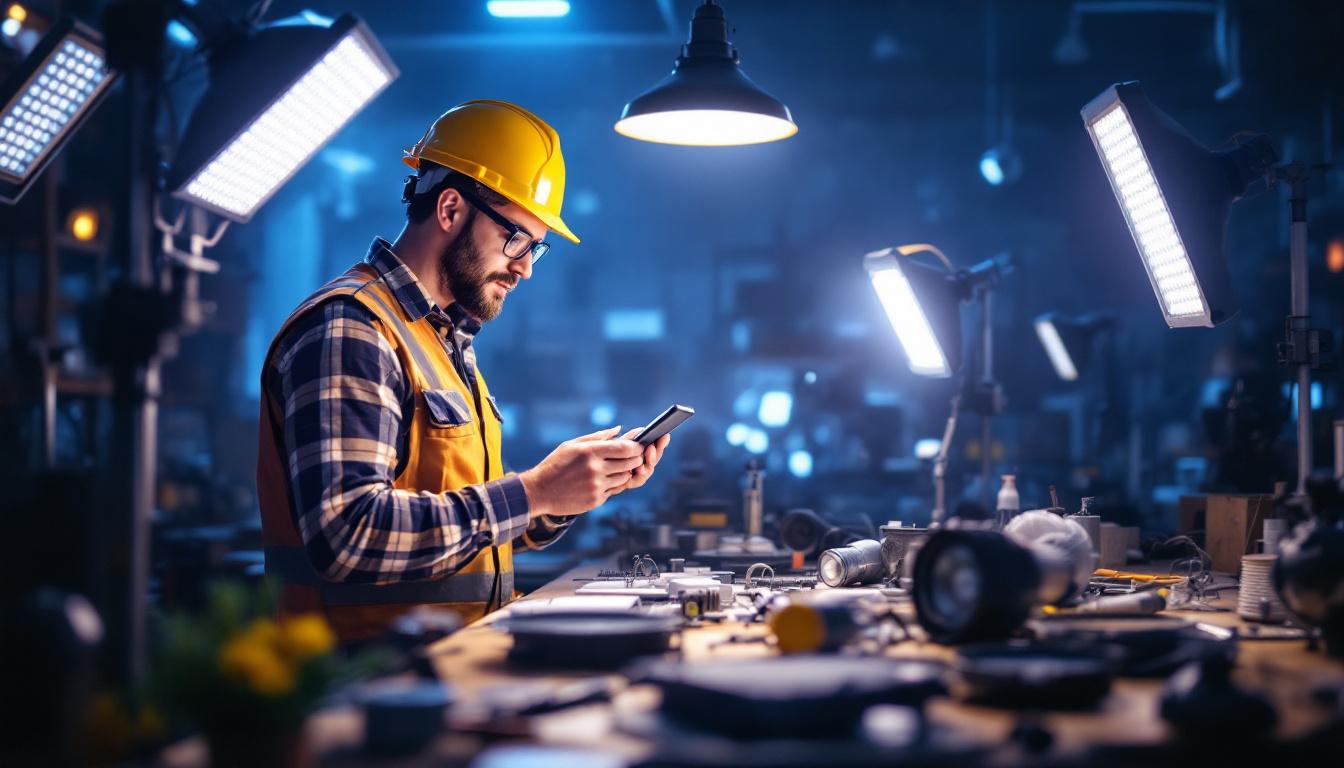
Discover why staying informed about the latest in 3500 lumens technology is crucial for lighting contractors.
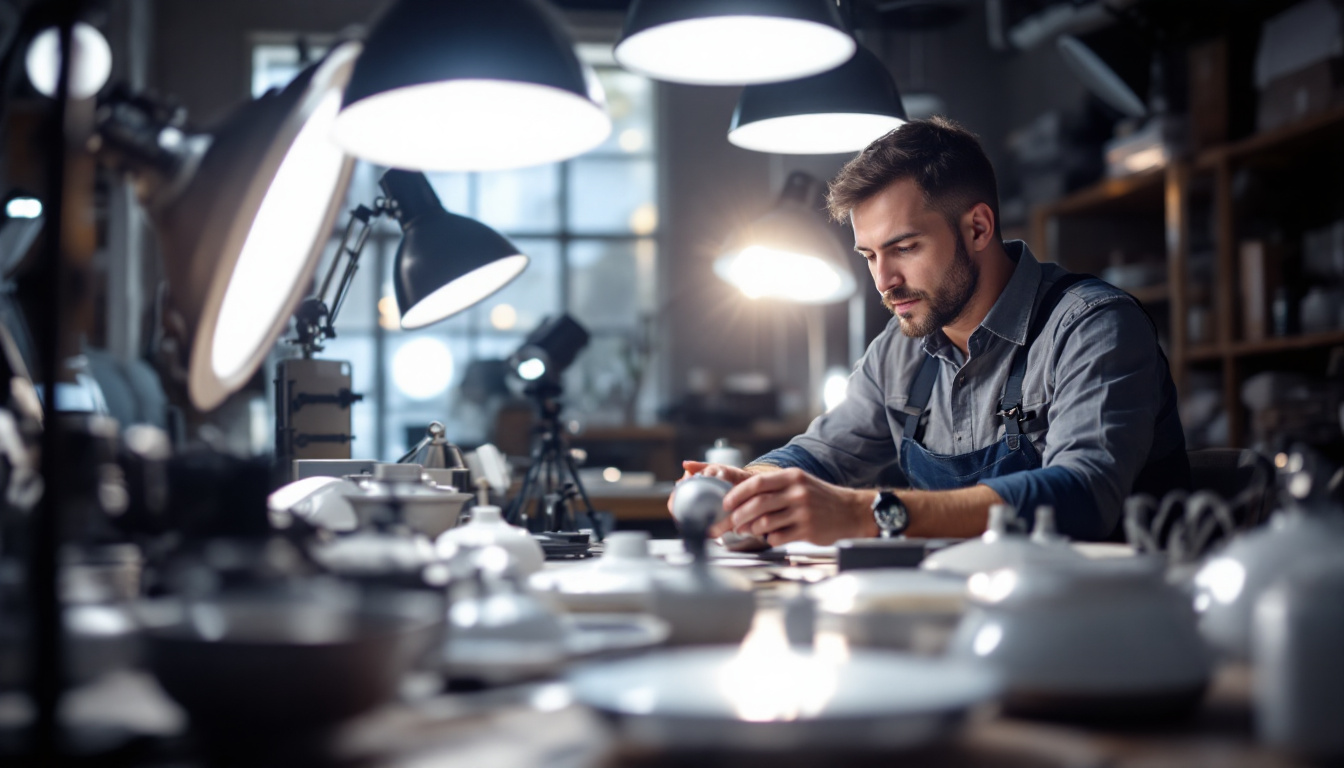
Discover the often-overlooked aspects of T12 lighting that contractors miss.
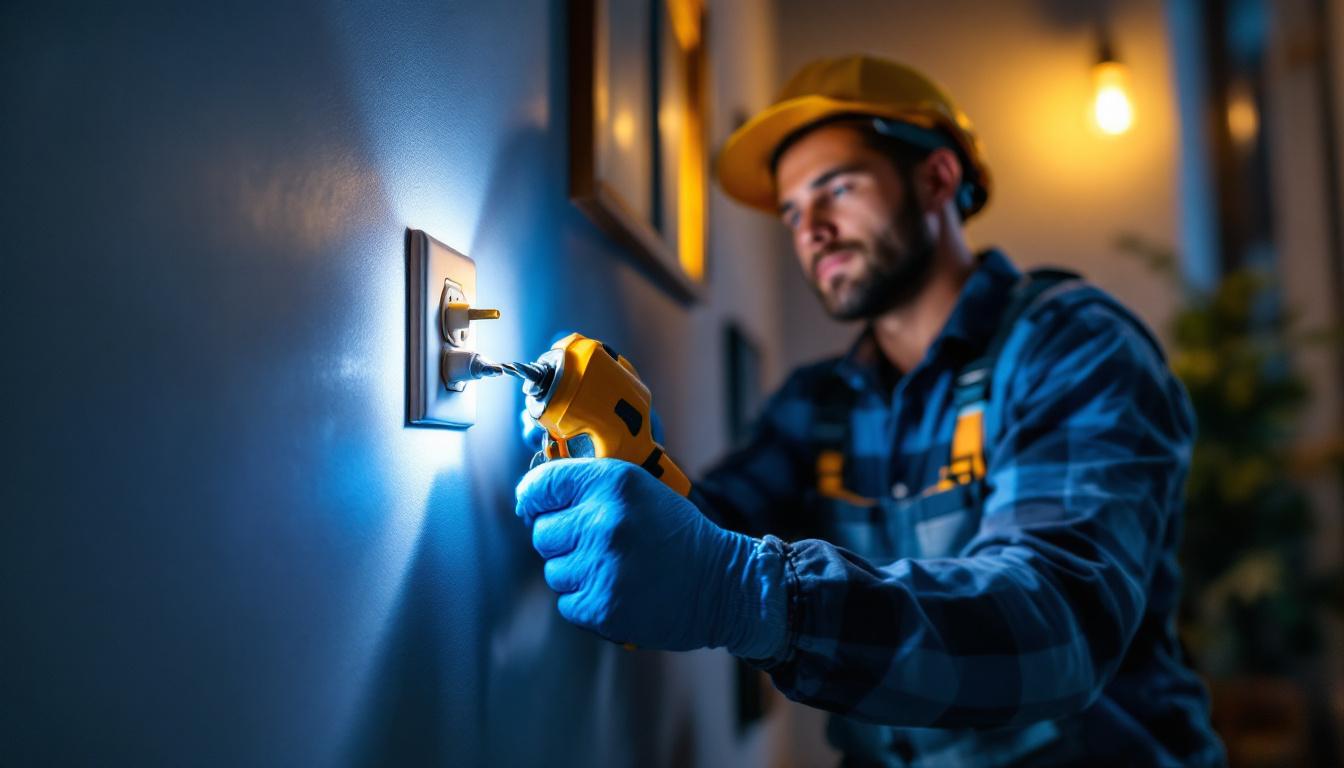
Discover effective strategies for lighting contractors to tackle the challenges of installing locking plug outlets.
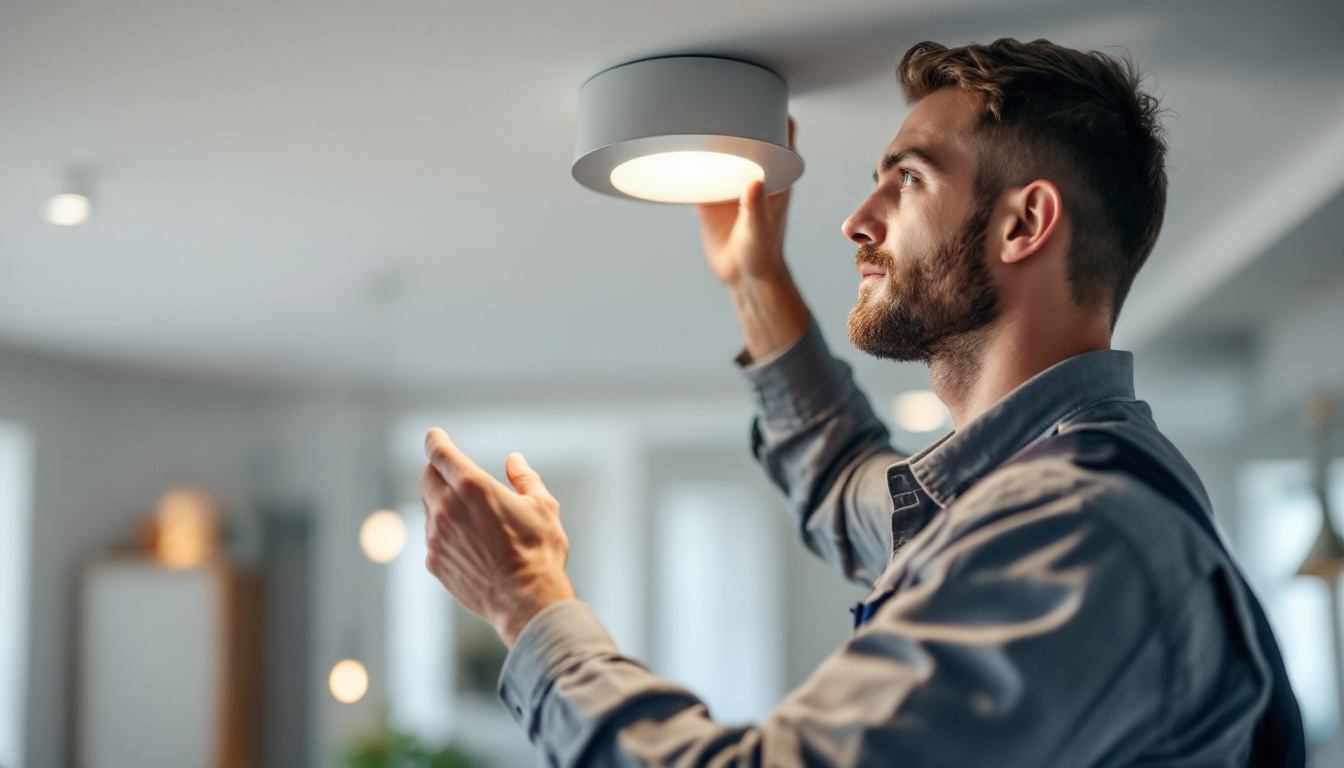
Discover essential insights into downlight lighting solutions tailored for contractors.